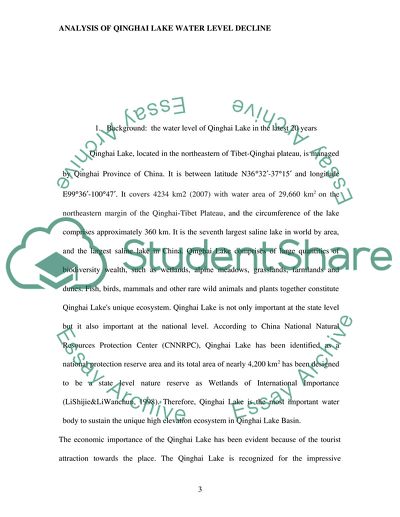Cite this document
(Qinghai Lake Water Level Decline Research Paper, n.d.)
Qinghai Lake Water Level Decline Research Paper. Retrieved from https://studentshare.org/geography/1745693-paper
Qinghai Lake Water Level Decline Research Paper. Retrieved from https://studentshare.org/geography/1745693-paper
(Qinghai Lake Water Level Decline Research Paper)
Qinghai Lake Water Level Decline Research Paper. https://studentshare.org/geography/1745693-paper.
Qinghai Lake Water Level Decline Research Paper. https://studentshare.org/geography/1745693-paper.
“Qinghai Lake Water Level Decline Research Paper”, n.d. https://studentshare.org/geography/1745693-paper.


